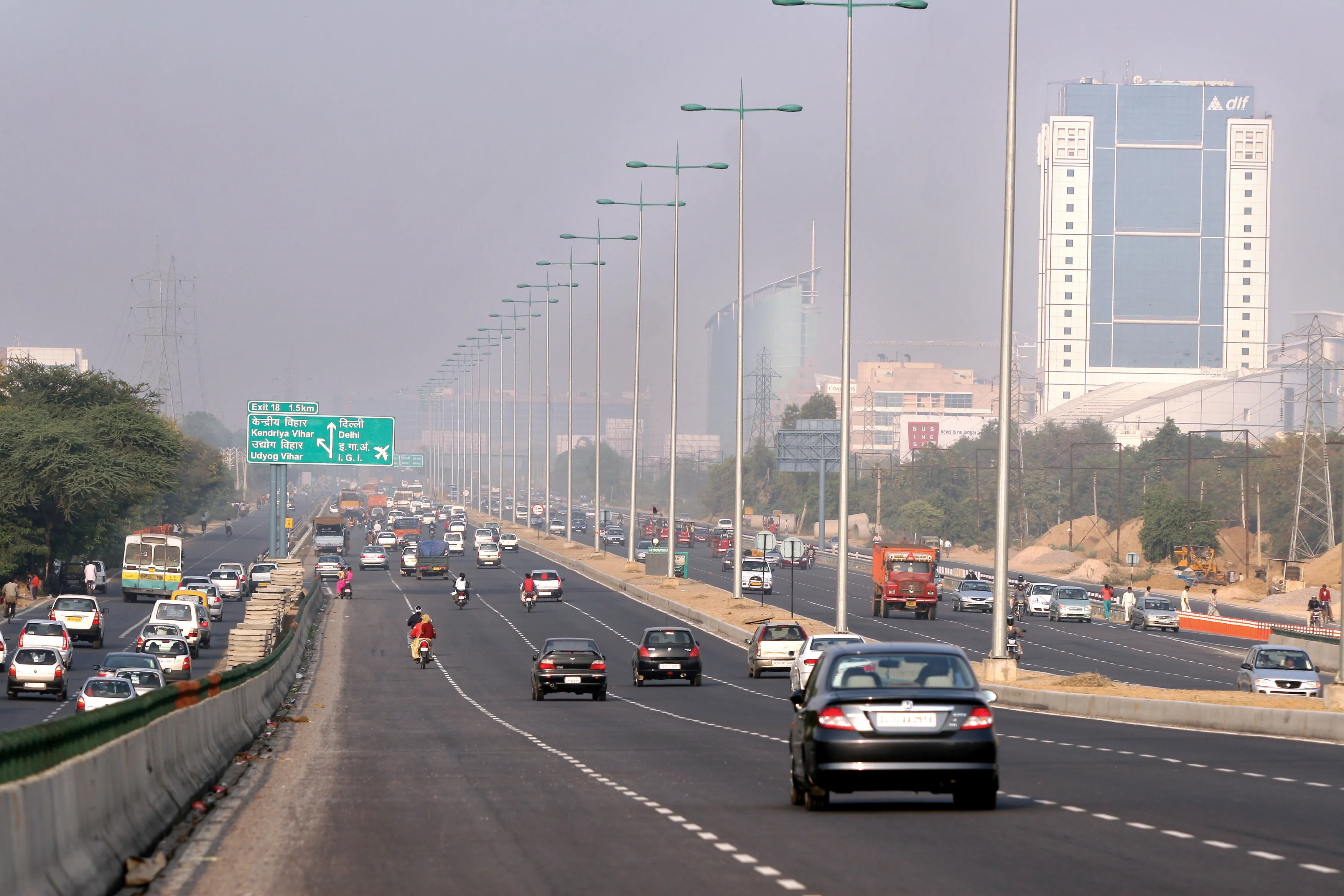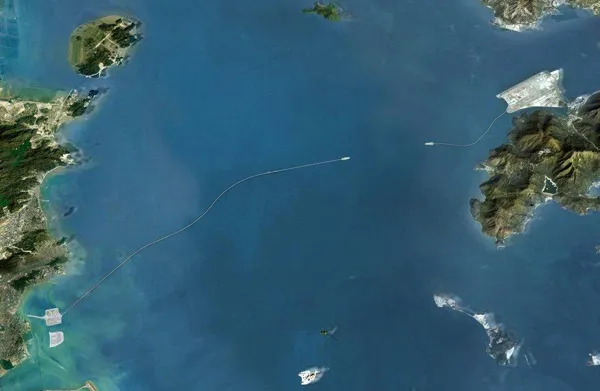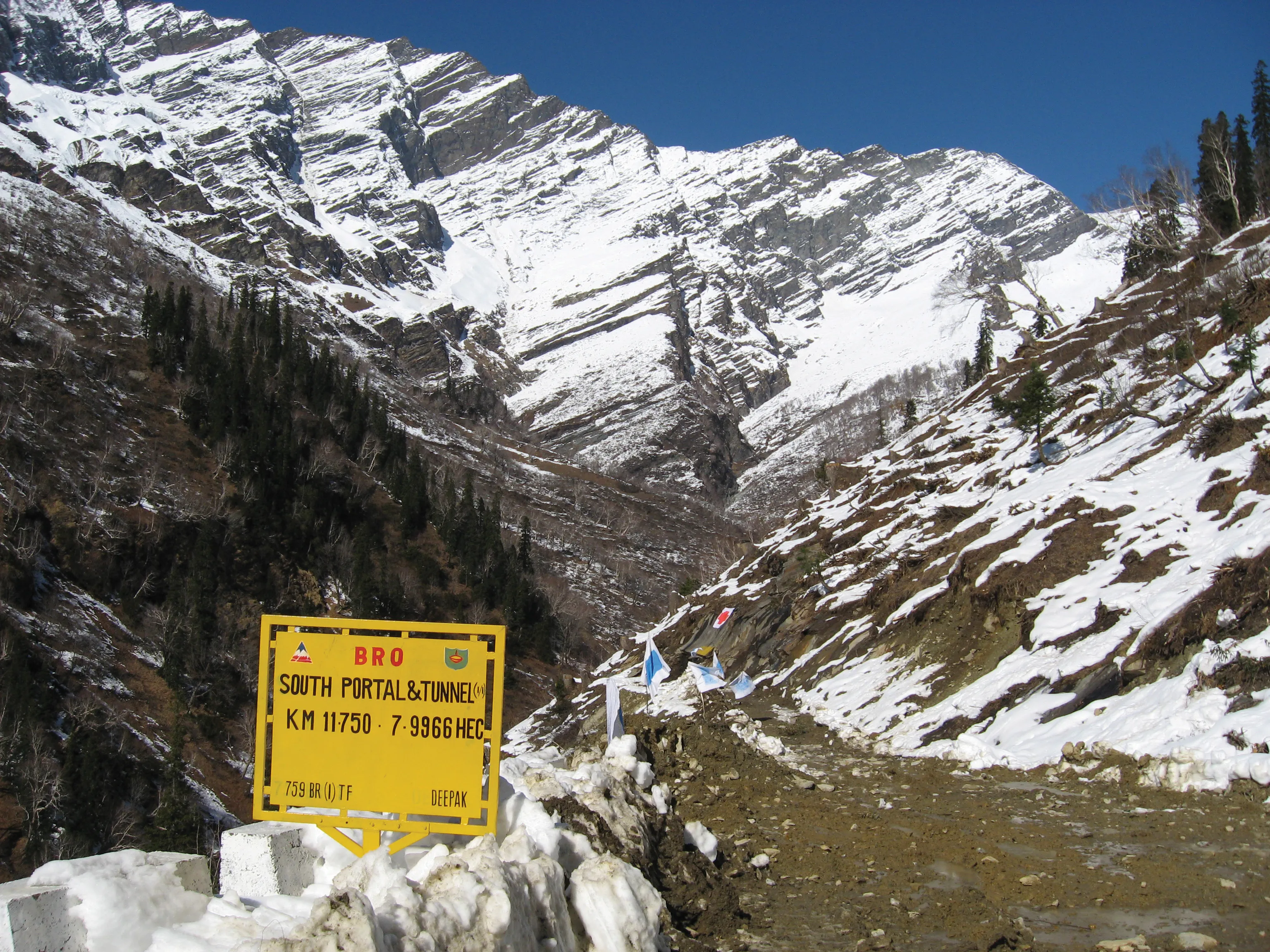Nicaragua’s Ministry of Transportation and Infrastructure has awarded the first of a series of contracts to upgrade the NIC 3 highway. The construction work will be carried out by a consortium comprising contractors Constructora Meco, CEMEX and Llansa Ingenieros. This first phase will be for a 34.4km section of the route while the second stretch will be 15.6km long. In all the work is expected to take 18 months to complete and is likely to cost around US$40 million. Financing is being provided by the Fund o
September 11, 2013
Read time: 2 mins
Nicaragua’s Ministry of Transportation and Infrastructure has awarded the first of a series of contracts to upgrade the NIC 3 highway. The construction work will be carried out by a consortium comprising contractors Constructora Meco, 3016 Cemex and Llansa Ingenieros. This first phase will be for a 34.4km section of the route while the second stretch will be 15.6km long. In all the work is expected to take 18 months to complete and is likely to cost around US$40 million. Financing is being provided by the Fund of Infrastructure for Mesoamerica and the Caribbean, and the Central American Bank of Economic Integration (BCIE). The road surface will be concrete, laid on top of a cement stabilised base and this type of construction has been selected so as to provide a long wearing life for the heavy vehicles the route will carry. The work is expected to require some 54,000m3 of concrete. Once the upgrade is complete it will improve transport connections from Nicaragua’s capital Managua and the west of the country to neighbouring Honduras and El Salvador, providing a significant and much-needed economic boost to this Central American region.









